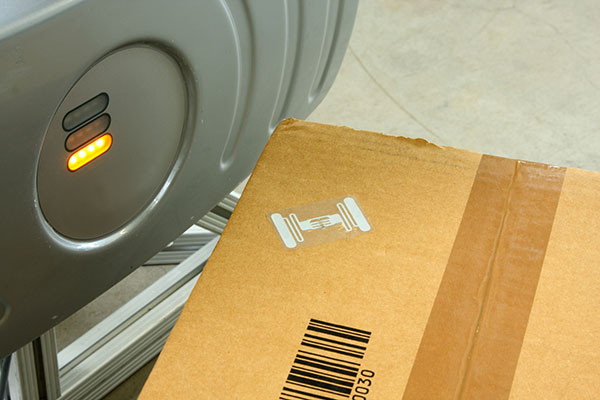Revisiting RFID
RFID is positioning itself as a foundation for an Internet of Things strategy.
RFID is positioning itself as a foundation for an Internet of Things strategy.
I was around some 15 years ago when Walmart and the Department of Defense announced their RFID mandates. The plan back then was to put RFID tags on every carton and/or pallet coming into a distribution center to deliver a new level of visibility as well as efficiency. That was because RFID tags could be read automatically, rather than all those pesky, time-consuming handheld barcode scans. Heck, some supply chain executives were so enthralled with the technology that I heard one predict at a conference that in the not so distant future, RFID could lead to a cure for cancer. I was hard-pressed then, and now, to make the connection between automatically reading a carton of athletic socks and medical breakthroughs, but what do I know.
As we all know, it didn’t quite work out that way. The tags were pricey in comparison to a barcode label; barcode infrastructure was already in place and no one likes to rip and replace; and when it came to reading cartons on a pallet as they passed through a portal, RFID wasn’t as accurate as reading barcode labels.
But, RFID never went away. It just resurfaced in other applications. One of the leaders during the Walmart and DoD days was Impinj, which continues to move the technology forward. “The technology hasn’t gone quiet,” Gaylene Meyer, Impinj’s vice president of global marketing and communications argued, during a recent call. “It’s been growing in adoption in specific use cases, primarily in retail.” That is especially true in fast fashion. The difference in retail today from back in the day is that the use case is now tracking inventory inside the store rather than the DC. That, of course, isn’t the only use case for RFID, but it’s become an important driver of the market.













